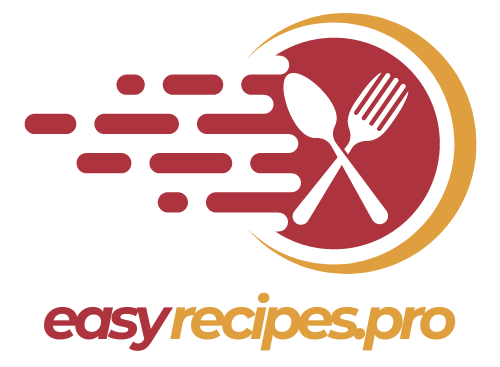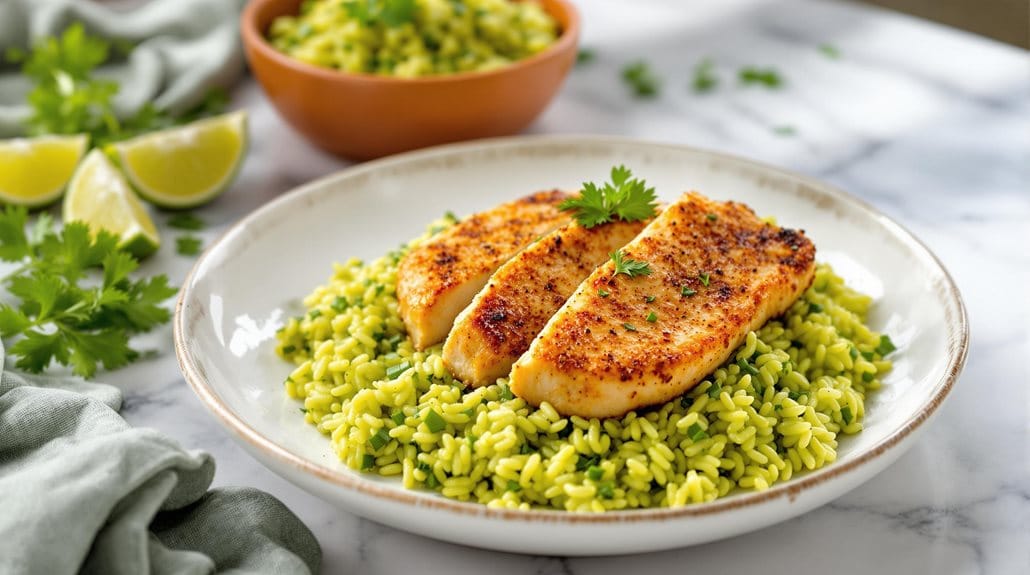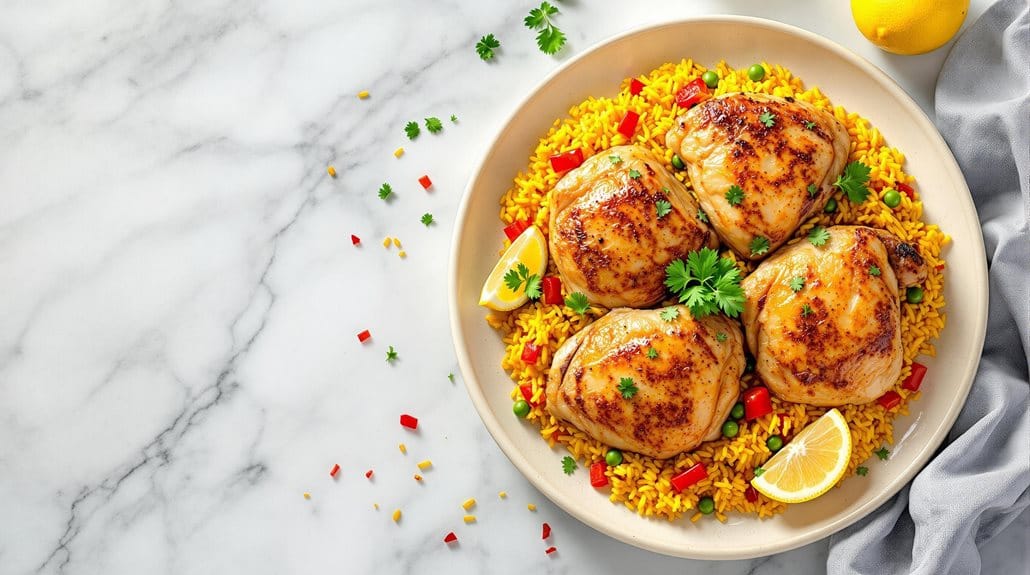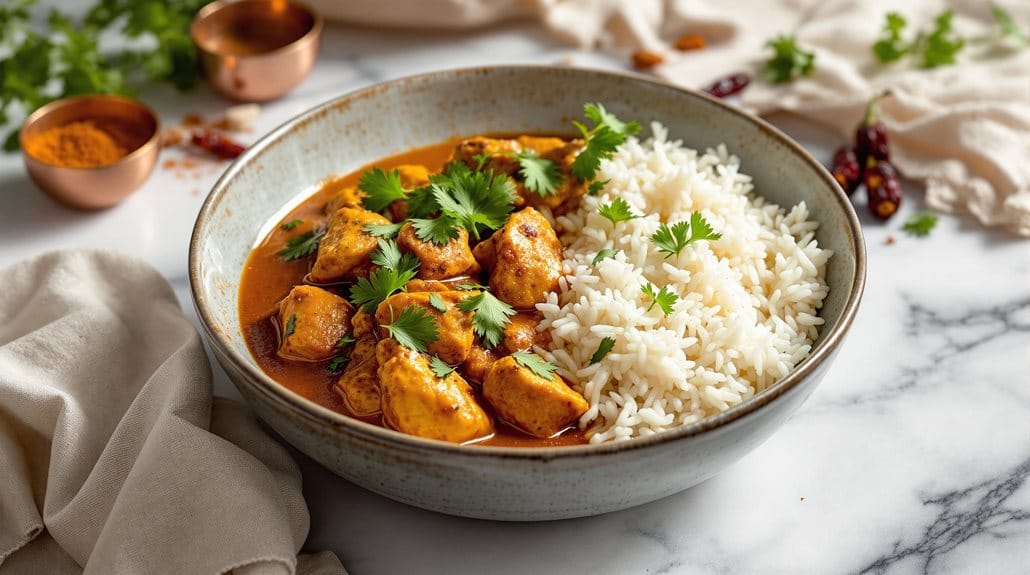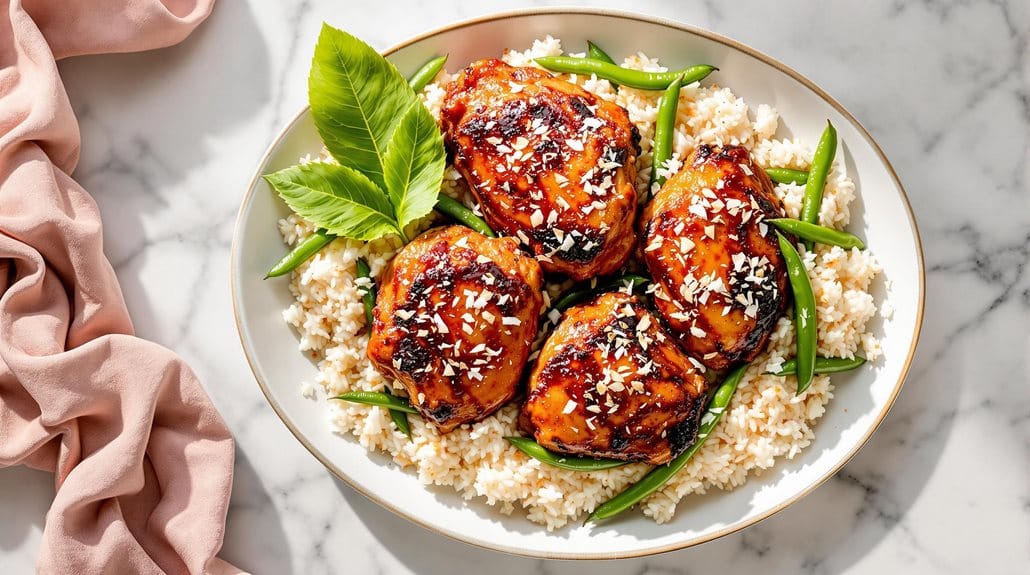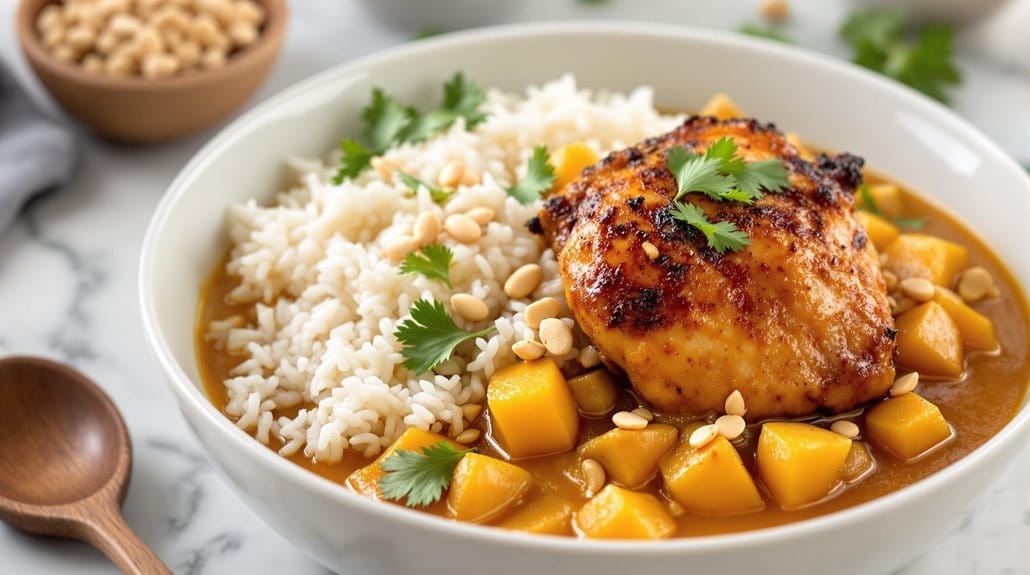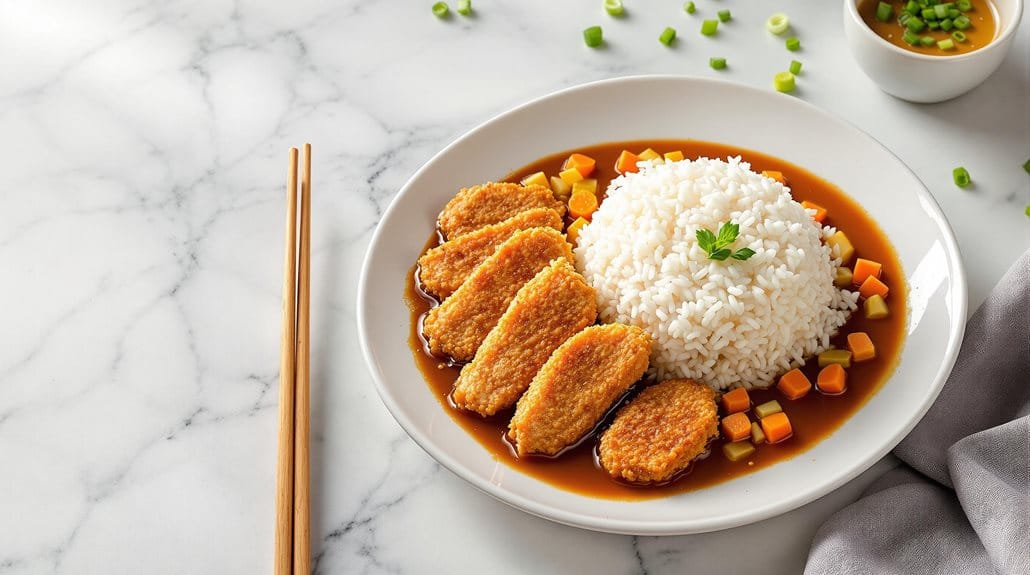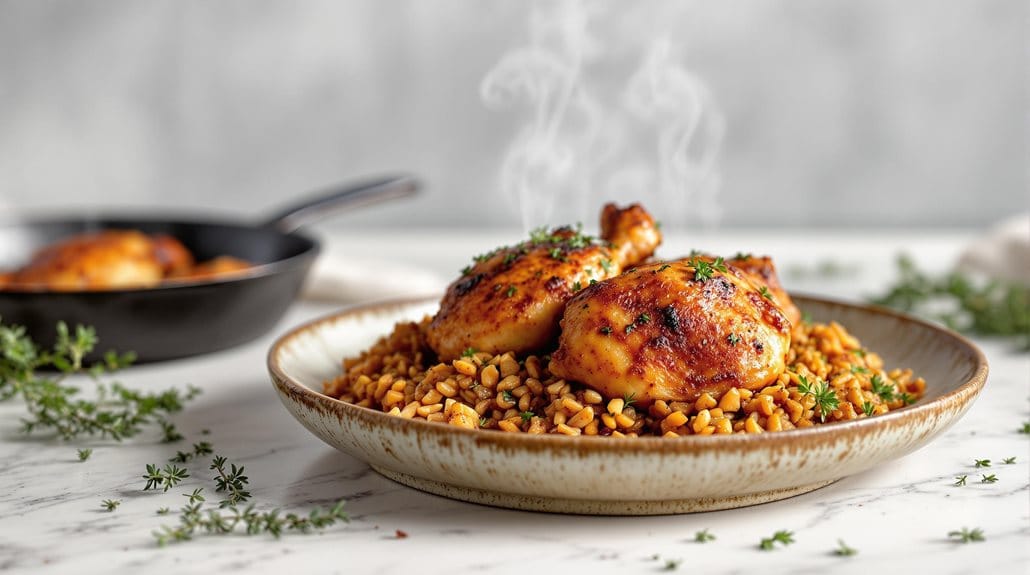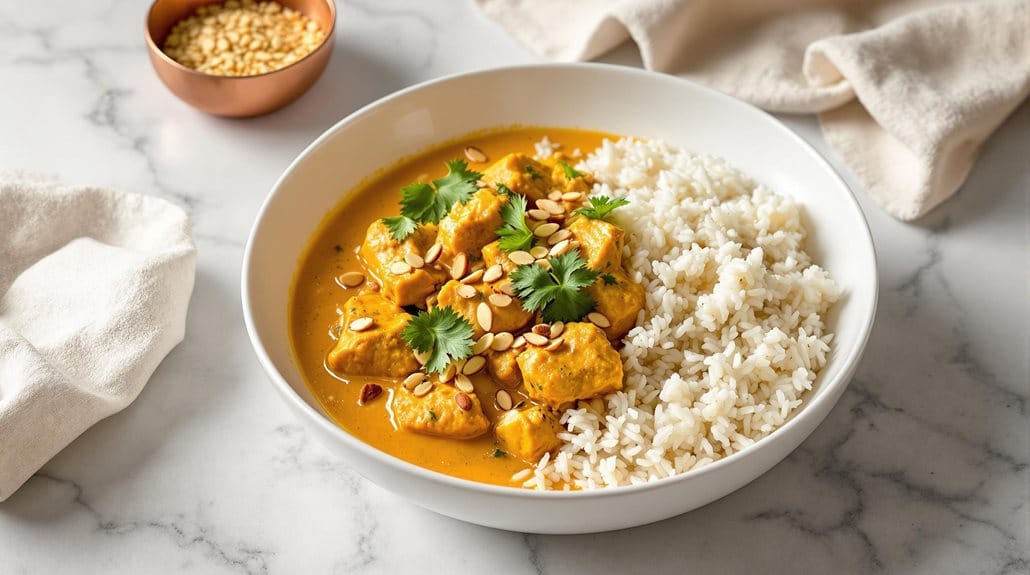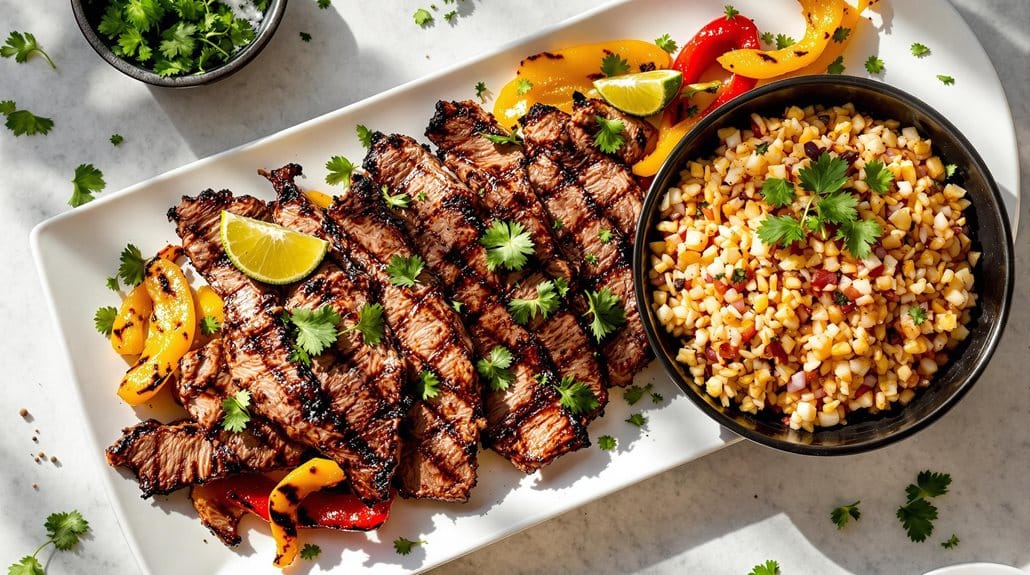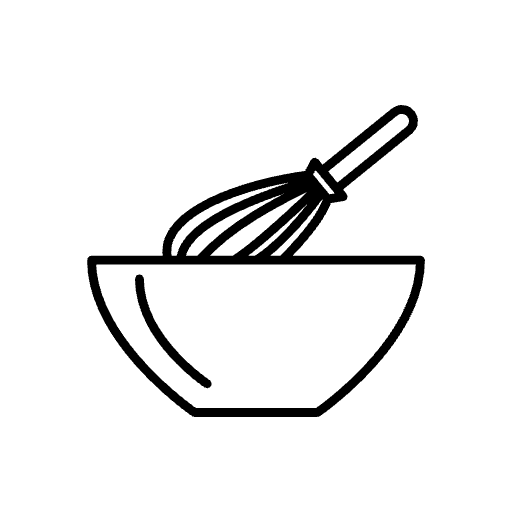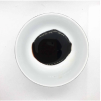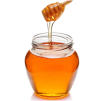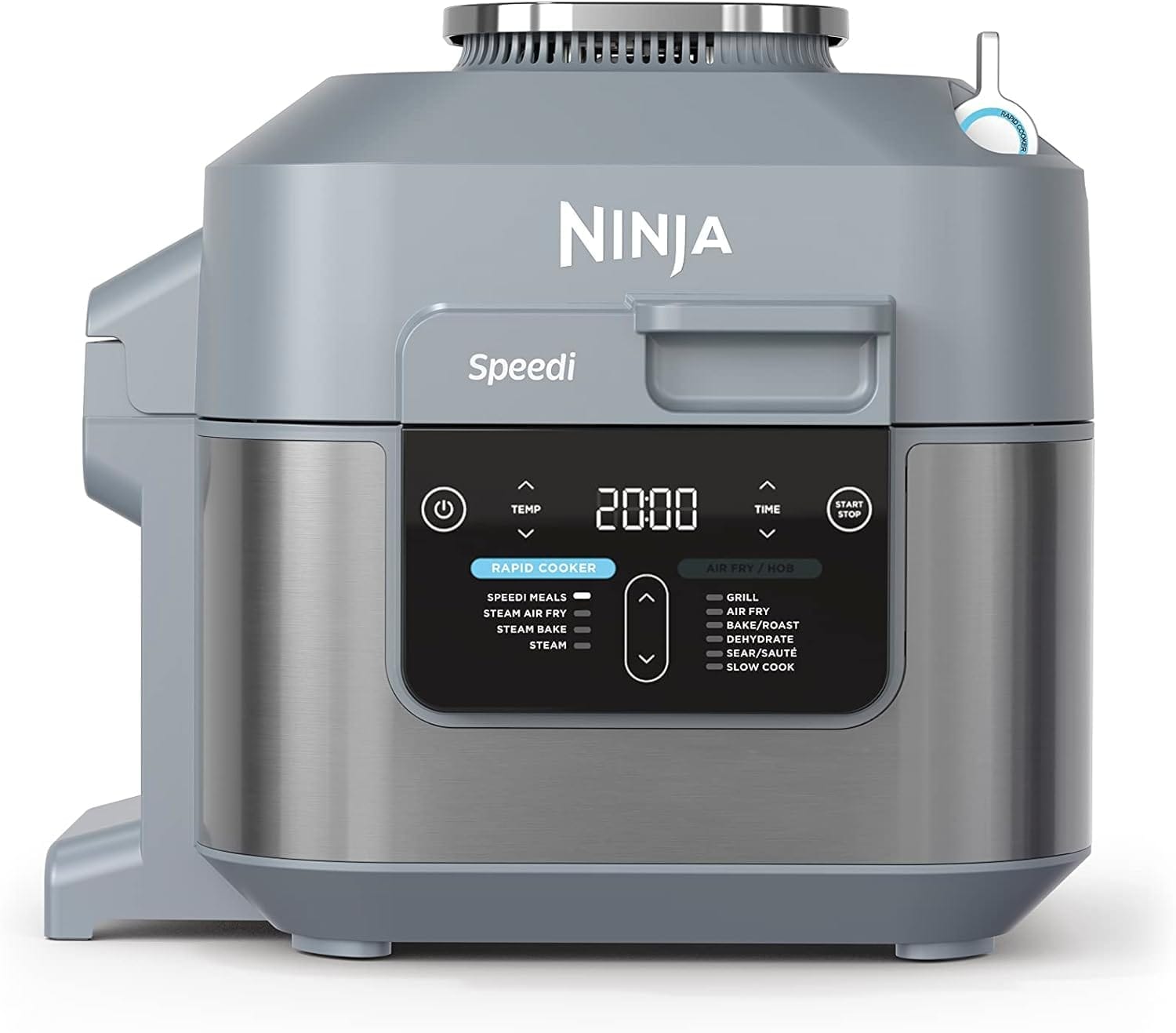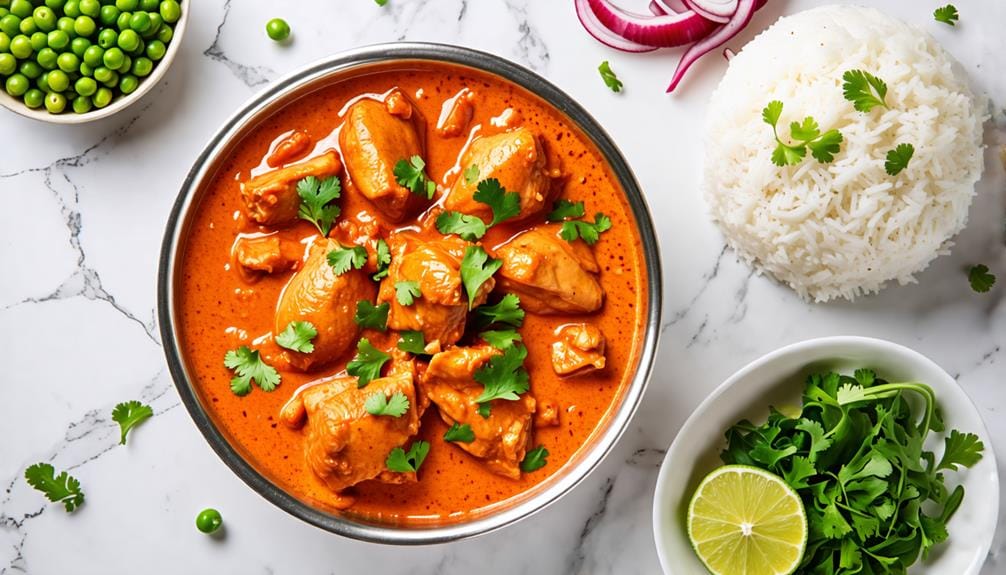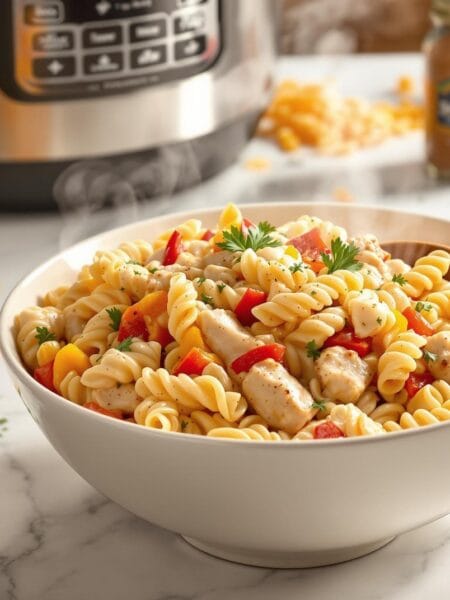| This Asian-inspired salmon and noodle dish delivers restaurant-quality flavours in just minutes using the Ninja Speedi’s dual-cooking zones. Perfect for busy weeknights when you want a complete meal without juggling multiple pots and pans, this recipe combines tender fish, perfectly cooked noodles, and vibrant vegetables all in one convenient appliance. For the best results, pat the salmon fillets completely dry before cooking to ensure a nicely caramelised exterior. |
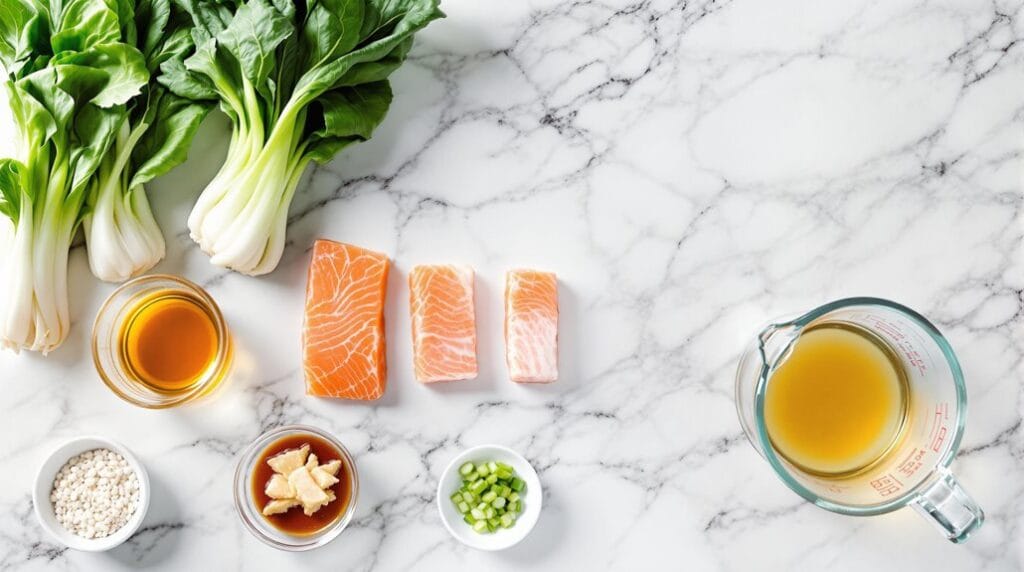
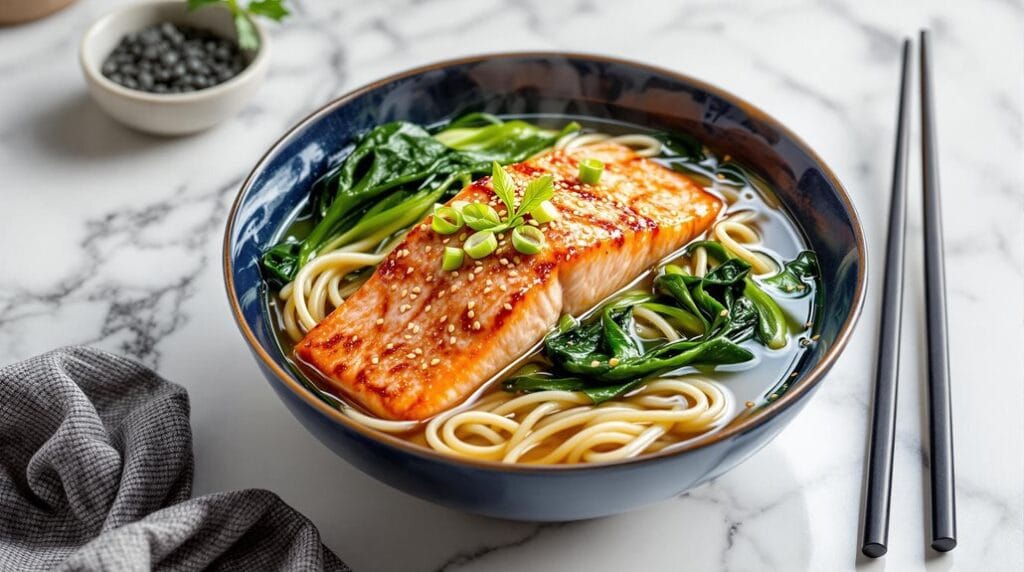
Asian-Style Salmon with Noodles in Ninja Speedi
Description
This vibrant dish combines tender salmon fillets with aromatic Asian flavours and silky udon noodles, all cooked simultaneously in the Ninja Speedi for maximum efficiency and flavour.
The salmon develops a perfectly crispy exterior while staying moist inside, as the noodles simmer below in a fragrant broth infused with ginger, garlic, and soy sauce.
Ingredients
Instructions
Bottom Pot:
- Combine stock, soy sauce, sesame oil, rice wine vinegar, garlic, and ginger in the pot.
- Add udon noodles and pak choi.
Set Speedi Meals function to Speedi Meals
Crisping Tray:
- Pat salmon fillets dry and brush with honey.
- Sprinkle with sesame seeds.
- Place salmon skin-side down on the crisping tray.
- Position tray above the noodle mixture.
- Cook for 12-15 minutes at 180°C.
Nutrition Facts
Servings 4
- Amount Per Serving
- Calories 1294.67kcal
- % Daily Value *
- Total Fat 65.71g102%
- Saturated Fat 14.21g72%
- Cholesterol 223.5mg75%
- Sodium 989.65mg42%
- Potassium 1969.9mg57%
- Total Carbohydrate 72.36g25%
- Dietary Fiber 3.59g15%
- Sugars 9.89g
- Protein 97.39g195%
- Vitamin A 250.76 IU
- Vitamin C 22.42 mg
- Calcium 121.71 mg
- Iron 3.79 mg
- Vitamin D 43.56 IU
- Vitamin E 14.39 IU
- Vitamin K 20.98 mcg
- Thiamin 1 mg
- Riboflavin 0.86 mg
- Niacin 39.19 mg
- Vitamin B6 2.85 mg
- Folate 142.39 mcg
- Vitamin B12 12.79 mcg
- Phosphorus 1198.13 mg
- Magnesium 185.73 mg
- Zinc 3.28 mg
* Percent Daily Values are based on a 2,000 calorie diet. Your daily value may be higher or lower depending on your calorie needs.
Note
Extra Tips: For best results, ensure salmon fillets are similar in size for even cooking.
The noodles will continue to absorb liquid after cooking, so serve immediately for best texture.
If you prefer spicier food, increase the amount of Sriracha or add chilli flakes.
The pak choi can be substituted with other Asian greens like bok choy or Chinese broccoli.
